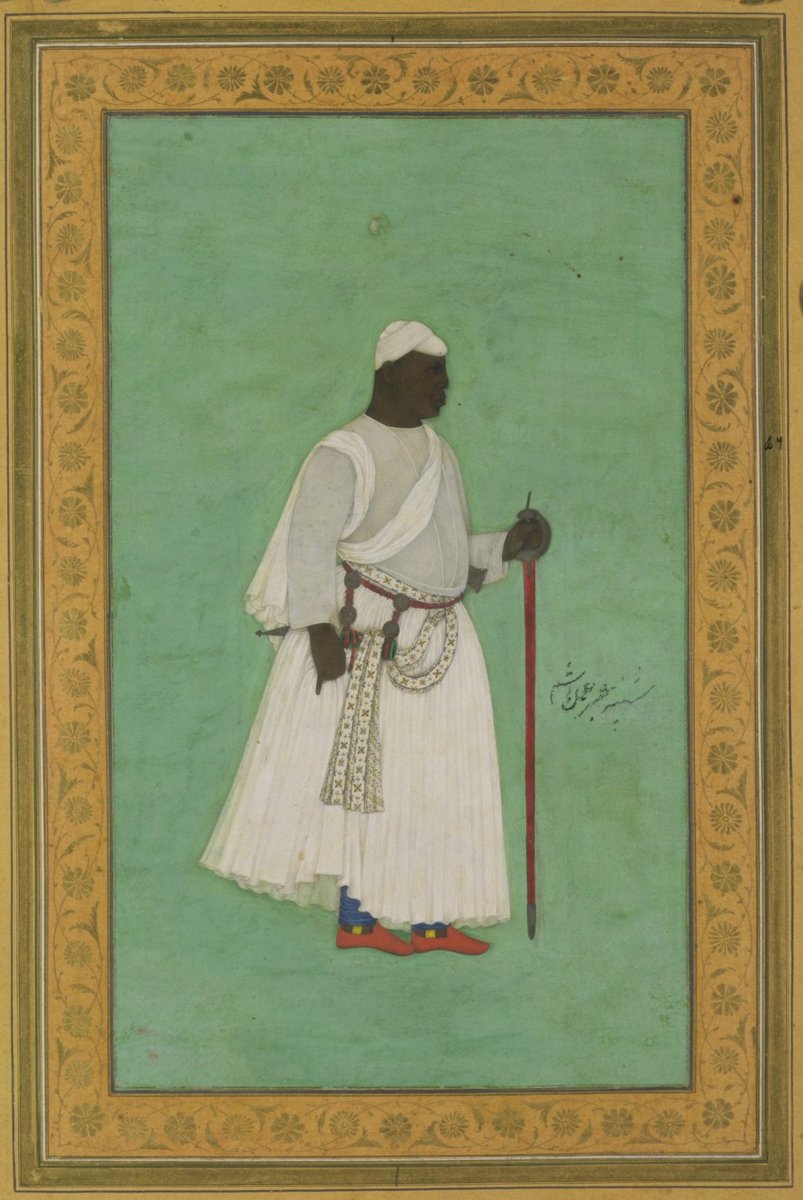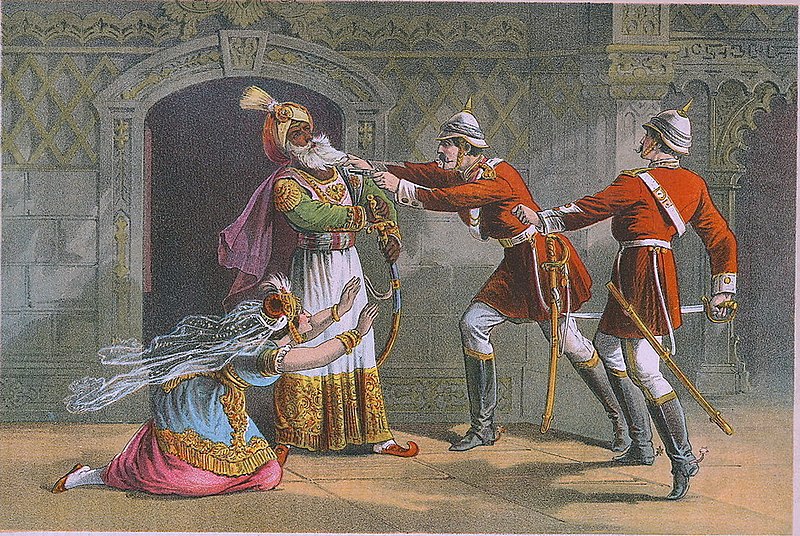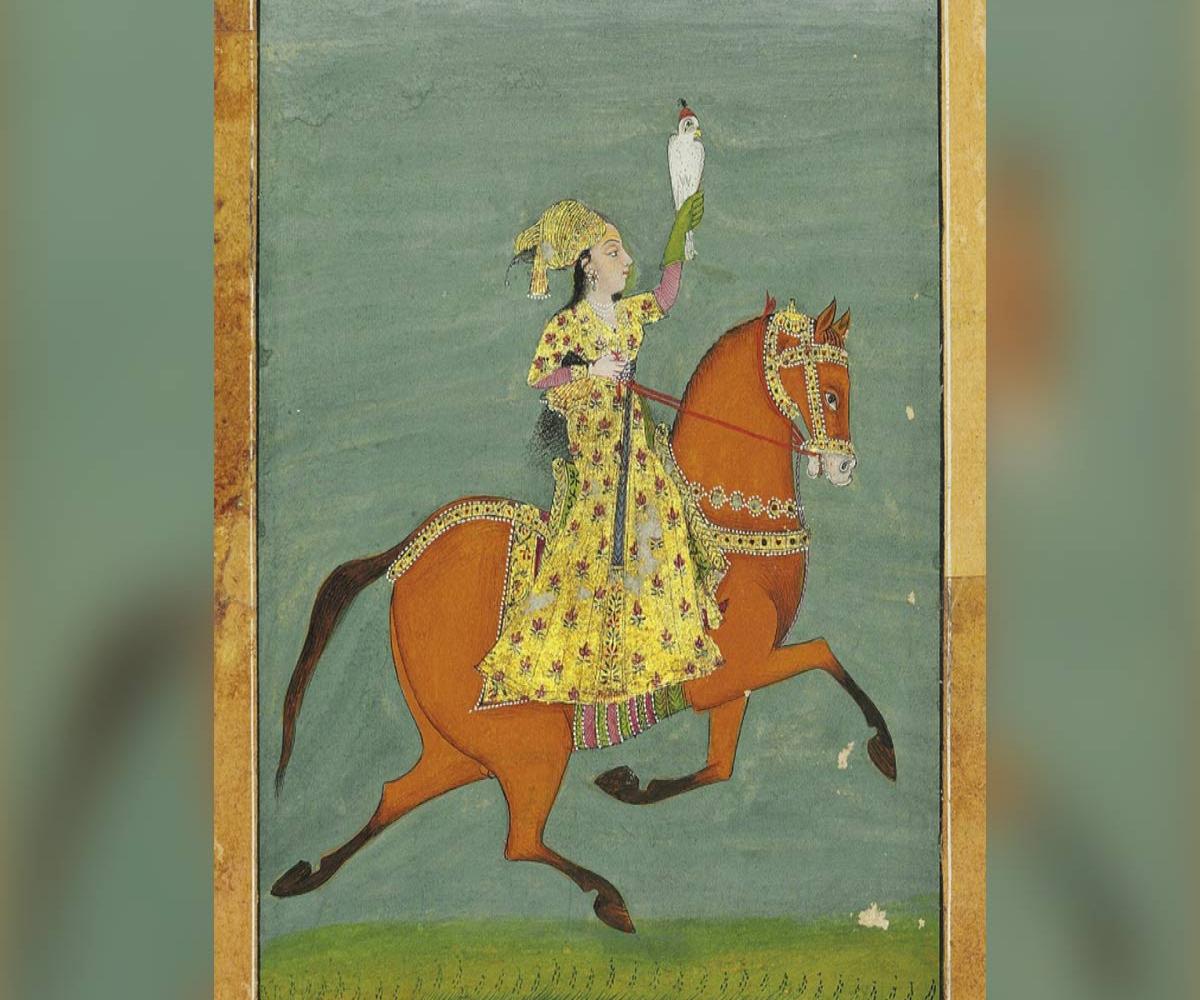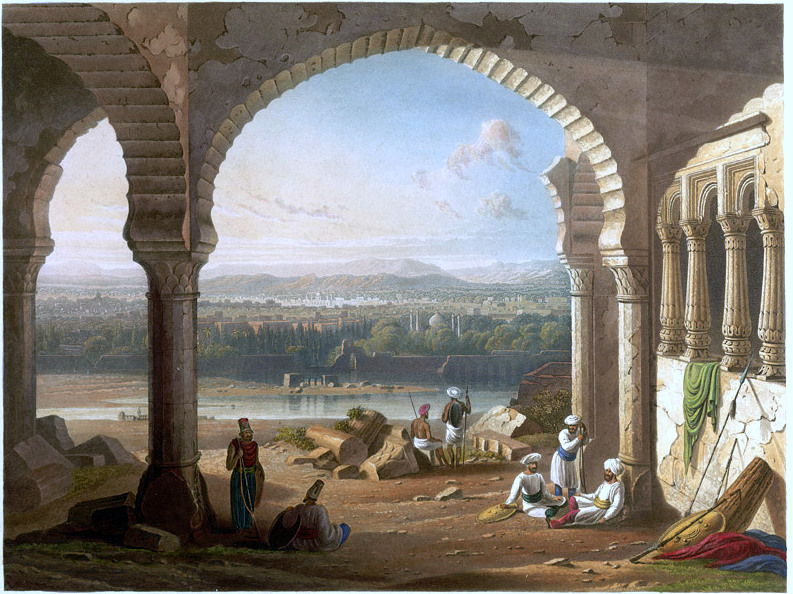
How to get URL link on X (Twitter) App


 This book by AG Noorani is a study on the historical account of the police action and is usually told to Indian court historians. It gives us a detailed account of the exchanges that took place between the Government of India and the Government of Hyderabad
This book by AG Noorani is a study on the historical account of the police action and is usually told to Indian court historians. It gives us a detailed account of the exchanges that took place between the Government of India and the Government of Hyderabad 

 Masjid-i-Jehan-Numa known as Jama Masjid Delhi is one of the largest mosques in India. It was built by the #Mughal emperor Shah Jahan between 1644 and 1656. Situated in the Mughal capital it served as imperial mosque of the Mughal emperors until the demise of the empire in 1857.
Masjid-i-Jehan-Numa known as Jama Masjid Delhi is one of the largest mosques in India. It was built by the #Mughal emperor Shah Jahan between 1644 and 1656. Situated in the Mughal capital it served as imperial mosque of the Mughal emperors until the demise of the empire in 1857. 

 Jamali Kamali Mosque, Mehrauli, Delhi, was constructed in 1528-1529. It is claimed to be a forerunner in the design of Mughal mosque architecture in India. The prayer hall, fronted by a large courtyard, has five arches with the central arch only having a dome.
Jamali Kamali Mosque, Mehrauli, Delhi, was constructed in 1528-1529. It is claimed to be a forerunner in the design of Mughal mosque architecture in India. The prayer hall, fronted by a large courtyard, has five arches with the central arch only having a dome. 

 In this bold and captivating biography, Audrey Truschke enters the public debate with a fresh look at the controversial Mughal emperor.
In this bold and captivating biography, Audrey Truschke enters the public debate with a fresh look at the controversial Mughal emperor. 

 At one point Tipu Sultan was most known Indian figure in England and d corridors of power in London. There is no denying that for close to four decades, first Hyder Ali and then his son, Tipu Sultan, mesmerized the British public and the consciousness of the common people there.
At one point Tipu Sultan was most known Indian figure in England and d corridors of power in London. There is no denying that for close to four decades, first Hyder Ali and then his son, Tipu Sultan, mesmerized the British public and the consciousness of the common people there.

 He founded the city when the capital of the dynasty was threatened and taken over by the #Mughal forces after years and years of military assault by the Delhi Emperors on a regional power, finally almost destroying it. But Malik Ambar resurrected an almost dying sultanate.
He founded the city when the capital of the dynasty was threatened and taken over by the #Mughal forces after years and years of military assault by the Delhi Emperors on a regional power, finally almost destroying it. But Malik Ambar resurrected an almost dying sultanate. 

 In late 18th century, he had been appointed as an officer of 400 cavalrymen in the British Armed Forces by its commander-in-chief, General Gerald Lake, at a handsome monthly salary of Rs 1,700. When he died his family pension was fixed at Rs 1ok per annum, to be paid by Company
In late 18th century, he had been appointed as an officer of 400 cavalrymen in the British Armed Forces by its commander-in-chief, General Gerald Lake, at a handsome monthly salary of Rs 1,700. When he died his family pension was fixed at Rs 1ok per annum, to be paid by Company

 While the mutiny was defeated in a matter of over a year or so, Emperor lost badly, sacrificing his sons who were butchered by a British officer, faced sham trial where there was no hope of justice and the judge was doing all to punish him and his family in worst possible manner
While the mutiny was defeated in a matter of over a year or so, Emperor lost badly, sacrificing his sons who were butchered by a British officer, faced sham trial where there was no hope of justice and the judge was doing all to punish him and his family in worst possible manner

 British commanded by Major Hector Munro routed the and the combined army of an alliance of Indian states including Bengal, Awadh, and the Mughal Empire. This decisive battle confirmed British power over Bengal and Bihar after their initial success at Battle of Plassey in 1757.
British commanded by Major Hector Munro routed the and the combined army of an alliance of Indian states including Bengal, Awadh, and the Mughal Empire. This decisive battle confirmed British power over Bengal and Bihar after their initial success at Battle of Plassey in 1757. 

 While a number of biographies have been authored on her illustrious daughter, Chand Bibi, not a single book has been authored on the life and achievements of her great mother. She was a remarkable woman who had enjoyed influence during her husband’s reign and then herself ruled
While a number of biographies have been authored on her illustrious daughter, Chand Bibi, not a single book has been authored on the life and achievements of her great mother. She was a remarkable woman who had enjoyed influence during her husband’s reign and then herself ruled

 The uprising was against the British n its feudal supporters. The British had appointed high caste Hindus in positions of authority to get their support. They had facilitated the hassle-free British rule and any opposition to British was made out to be against their supporters.
The uprising was against the British n its feudal supporters. The British had appointed high caste Hindus in positions of authority to get their support. They had facilitated the hassle-free British rule and any opposition to British was made out to be against their supporters. 

 Political upheaval and his lack of administrative skills made it look unlikely that he would be able to rule for long. Initial years of his rule were spent in putting down one uprising after the other and taking on the Mongols who attacked India at least six times during his rule
Political upheaval and his lack of administrative skills made it look unlikely that he would be able to rule for long. Initial years of his rule were spent in putting down one uprising after the other and taking on the Mongols who attacked India at least six times during his rule

 Murshid Quli Khan Subedar of Bihar, Bengal and Orissa and Seth Manik Chand were close friends of each other. Manik Chand was not only the cashier of Nawab Murshid Quli Khan but the revenue of the province was also deposited with him.
Murshid Quli Khan Subedar of Bihar, Bengal and Orissa and Seth Manik Chand were close friends of each other. Manik Chand was not only the cashier of Nawab Murshid Quli Khan but the revenue of the province was also deposited with him.

 The Vijayanagar kings and generals had lost to the Bahmani empire from the day one and despite a few small victories of their own, had always felt particularly weak to compete against the emperors first at Gulbarga and then Bidar.
The Vijayanagar kings and generals had lost to the Bahmani empire from the day one and despite a few small victories of their own, had always felt particularly weak to compete against the emperors first at Gulbarga and then Bidar.

 It was later renamed Aurangabad after it became the headquarters of #Aurangzeb during his viceroyalty over Deccan. The mausoleum complex of Bibi Ka Maqbara, an imitation of the Taj Mahal in Agra, was built in honour of his first wife, Dilras Banu Begum (died 1657).
It was later renamed Aurangabad after it became the headquarters of #Aurangzeb during his viceroyalty over Deccan. The mausoleum complex of Bibi Ka Maqbara, an imitation of the Taj Mahal in Agra, was built in honour of his first wife, Dilras Banu Begum (died 1657).


 Under Bahmani Sultanate, Golconda slowly rose to prominence. Sultan Quli Qutb-ul-Mulk sent by the Bahmanids as a governor at established it as seat of his govt around 1501. Sultan Quli formally became independent in 1518, establishing the Qutb Shahi dynasty based in Golconda.
Under Bahmani Sultanate, Golconda slowly rose to prominence. Sultan Quli Qutb-ul-Mulk sent by the Bahmanids as a governor at established it as seat of his govt around 1501. Sultan Quli formally became independent in 1518, establishing the Qutb Shahi dynasty based in Golconda.


 Suit was dismissed by Second Munsiff, Bangalore, but on appeal, Civil Judge, Bangalore, reversed the decision and decreed the suit. The Corporation of the City of Bangalore went in for an appeal in the High Court of Mysore n then to Supreme Court but both summarily dismissed it.
Suit was dismissed by Second Munsiff, Bangalore, but on appeal, Civil Judge, Bangalore, reversed the decision and decreed the suit. The Corporation of the City of Bangalore went in for an appeal in the High Court of Mysore n then to Supreme Court but both summarily dismissed it.

 The victory was made possible by treachery of Mir Jafar, who was Nawab Siraj-ud-Daulah's commander in chief. The battle helped the British East India Company take control of Bengal. Over the next 100 years, they seized control of most of Indian subcontinent, Burma, Afghanistan.
The victory was made possible by treachery of Mir Jafar, who was Nawab Siraj-ud-Daulah's commander in chief. The battle helped the British East India Company take control of Bengal. Over the next 100 years, they seized control of most of Indian subcontinent, Burma, Afghanistan. 

 In 1297, Kadar from Mongol Chagatai Khanate invaded India ruled. They ravaged the Punjab region. Alauddin sent an army led by his brother Ulugh Khan to check their advance. They defeated invaders on 6 Feb 1298, killing around 20,000 of them, and forcing the Mongols to flee.
In 1297, Kadar from Mongol Chagatai Khanate invaded India ruled. They ravaged the Punjab region. Alauddin sent an army led by his brother Ulugh Khan to check their advance. They defeated invaders on 6 Feb 1298, killing around 20,000 of them, and forcing the Mongols to flee.

 Tipu Sultan used to give annual grants to 156 Hindu Temples, his Prime Minister was a Hindu called Punaiya his commander-in-chief, was a Hindu called Krishna Rao. Tipu Sultan sent 30 respectful letters with grants to the Shankaracharya of Shringeri.
Tipu Sultan used to give annual grants to 156 Hindu Temples, his Prime Minister was a Hindu called Punaiya his commander-in-chief, was a Hindu called Krishna Rao. Tipu Sultan sent 30 respectful letters with grants to the Shankaracharya of Shringeri.